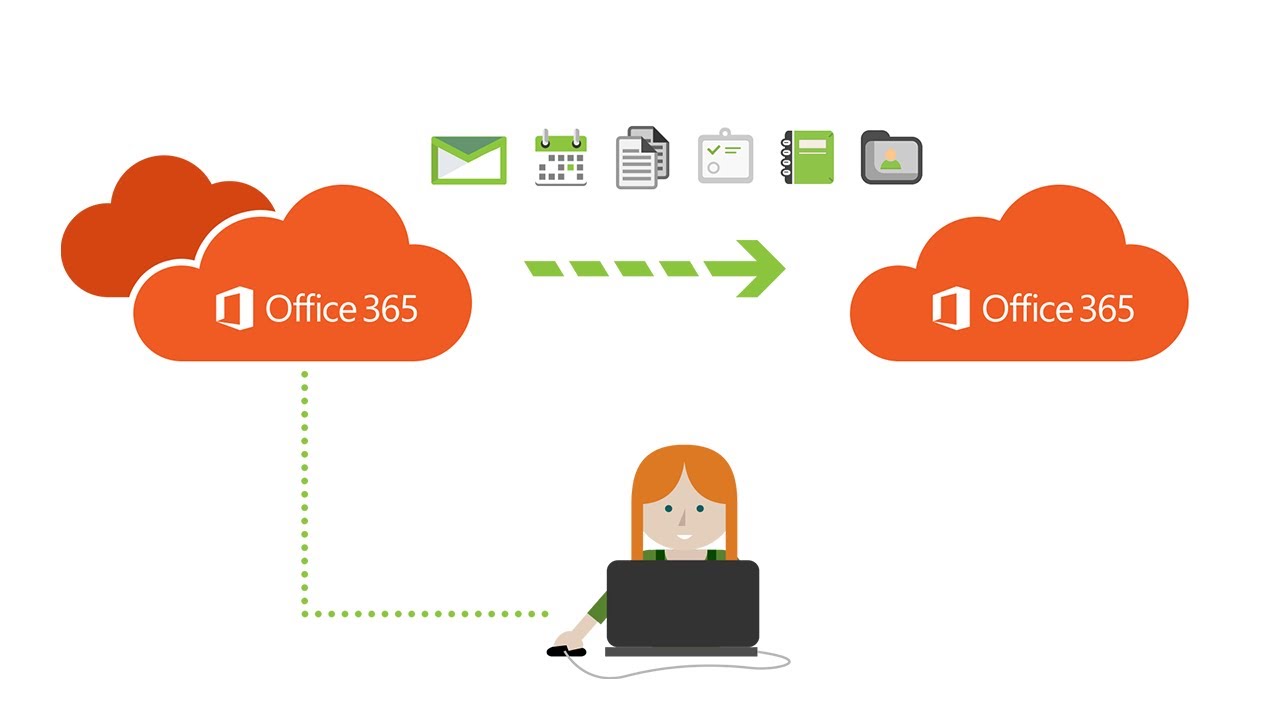The migration process generally involves the Microsoft 365 bundle and infrastructure migration such as Microsoft team, Exchange Online SharePoint, and OneDrive for business. Below Businesses will come across the basic pre-requirements and process of the O365 Tenant to Tenant Migration so that they know what takes place during the whole process.
Table of Contents
1. Pre-Requirements To Prepare The Tenants
- Businesses should ensure that the Microsoft 365 environment is organized systematically and well for both tenants. They should also make sure that the tenants are healthy and up to date
- Businesses should assess and prepare a detailed inventory for both environments so that they can have an understanding of the migration project and based on it can make wise choices as to which tenant would be the source and which one would be the target.
- They sure make sure that all the applications and tools that are currently in use are migrating smoothly to the new tenant. These tools and applications include Microsoft Teams, OneDrive, Azure, SharePoint, and so on. Businesses can use Windows 365 Cloud PC to use all these applications at full potential.
- It is recommended to make sure that there are no teams present without any owners. Businesses should delete and archive all unnecessary clutter. Businesses should verify external access to Teams to safeguard the security of business data. This will help in quick and efficient migration.
- All the potential and major breakout issues should be sorted out before the migration process takes place. Businesses are advised to give all the users present the default permissions level. This can be changed after the Migration takes place.
2. Domain Preparation
- Businesses should make sure that the tenant they are targeting has sufficient storage to receive all the data and applications from the source tenant.
- They should create admin accounts for both tenants.
- Mailboxes and distribution groups should be created at the target tenant.
- Active Directory Domain Services consolidations should be performed by the business.
- Businesses should then train all their users on how to use Microsoft 365 after the migration as the environment would be different.
3. Domain Verification
- The domain of the target tenant should be verified in Microsoft 365 before migration.
- After the verification, they should then add the source domain to the admin center of the target tenant or Office 365 and create the TXT logs in DNS.
4. Scheduling The Migration
- At first, the businesses should assess and prepare a list of the user mailboxes for the migration process and create a CSV file to enable mapping.
- They should then remember and note down the lowest value of the TTL i.e Time To Live on the Mail Exchanger record of the primary email domain.
- After following the above steps, they should then turn off the directory sync of the source tenant.
5. Aiding the Migration
- The businesses or the migration providers should change the primary Mail Exchanger record to an unapproachable value so that it stops the flow of the incoming mail to the source tenant. In this step, the lowest value of Time To Live on the Mail Exchanger will help them.
- They should then make sure that all the objects are removed from the initial mail domain in the source tenant before the migration process takes place.
- Last and not least they should then run the verification of the source tenant in the target domain.
These were the basics of the Tenant to the Tenant Migration process. Apps4Rent provides reliable migration and cloud services such as SharePoint migrations and Cloud Based Desktop, with great user support and security.








